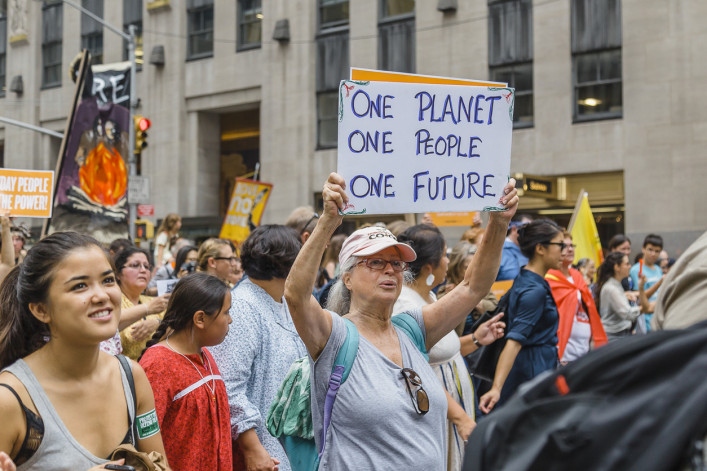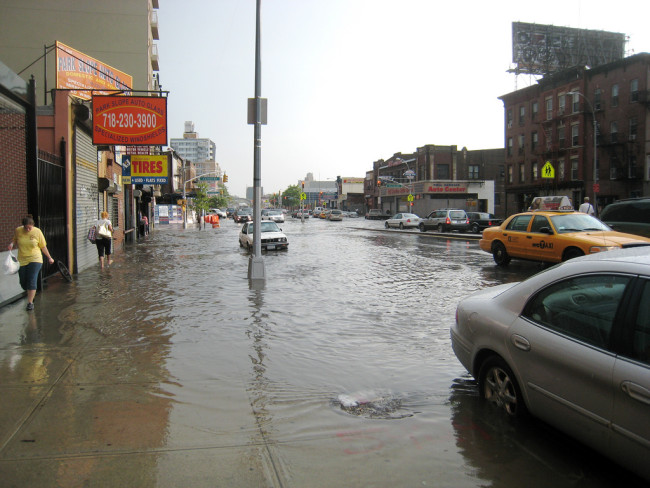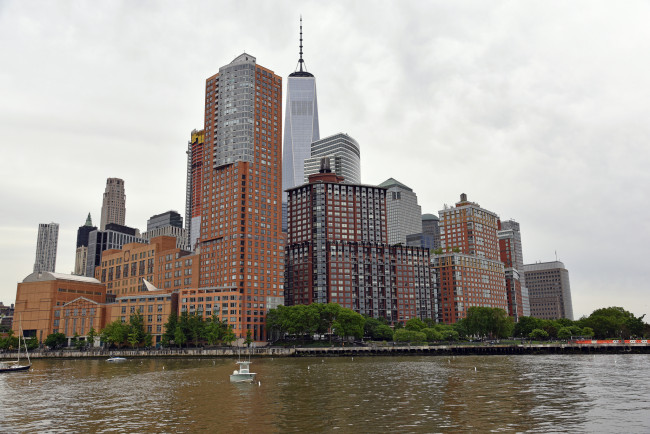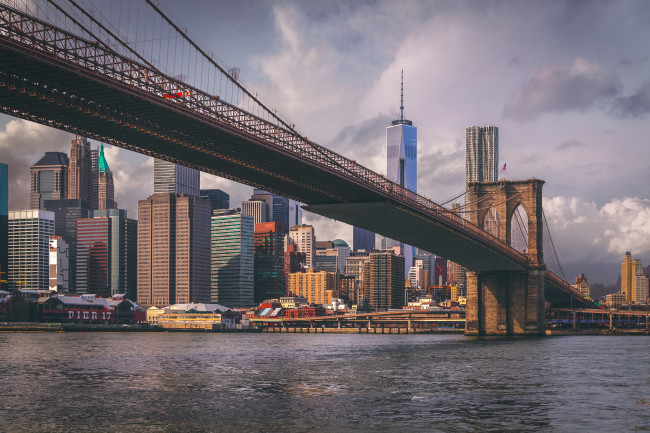To meet new climate goals, 3,000 NYC apartment buildings will have to swap out their oil-burning furnaces

The 2014 People's Climate March in Manhattan. Over 30 percent of New York's emissions come from buildings, and the state and city have new plans to eliminate these harmful gases.
andyparker72/iStock
If you live in or manage an apartment building with an oil-burning furnace, it’s time to do your part to slow global warming.
A broad new climate plan passed in Albany this month requires the state to nearly eliminate greenhouse gas emissions, which means New York City buildings will have to phase out oil-burning furnaces that are a major contributor to emissions.
The plan aims to cut greenhouse gas emissions to 85 percent below the state's 1990 levels by 2050, and follows New York City’s own aggressive plan to tackle climate change, with a goal of achieving a 40 percent overall reduction of emissions by 2030. NYC’s plan would fine buildings that are not in compliance, according to the New York Times.
How many apartment buildings would the state's plan impact? About 3,000, primarily in Manhattan and the Bronx, according to listings site RealtyHop, which has a new study that looks at the residential and commercial buildings that still use climate-harming #4 fuel as their primary source of heat.
The study analyzed boiler data made public by NYC Open data to find the areas and neighborhoods that will bear the brunt of replacing the boilers. The Upper West Side topped all neighborhoods, with 206 residential buildings.

According to the New York State Energy Research and Development Authority, more than 30 percent of New York’s emissions come from residential and commercial buildings, many of which still burn heating oil. To achieve the new climate plan goals, buildings need to use cleaner fuels, such as ultra-low sulfur #2 oil, natural gas, biodiesel, district steam, and other renewable energy alternatives.
Above, an interactive map from the study shows the number of boilers by each neighborhood. The darker the shade, the more boilers are in the neighborhood.
RealtyHop's report notes that thanks to the Clean Heat Program, the city retired boilers using #6 fuel, which was banned in 2015
You Might Also Like


























